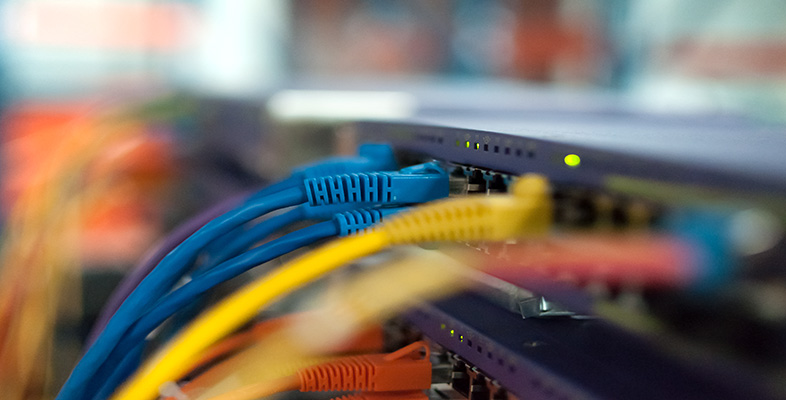7.2 An overview of RFID
The technology behind RFID is relatively straightforward and has been in use in some form for many years. You may have even used it yourself or seen it in use – for example in a 'proximity card' entry system in buildings, and in pet identification where a microchip is inserted just below an animal's skin. But you are likely to hear a lot more about it in the future and increasingly to see it deployed. This is because, at the time of writing (early 2005), the technology is receiving a strong push from some large retail companies such as Wal-Mart, Tesco and Marks & Spencer. They are investigating its deployment in their supply chain, where they hope it will provide a low-cost means of tracking stock items from manufacturer through to customer.
By now you will be familiar with the idea that devices in a network need some unique identity so that they can be addressed unambiguously. But what if everything in the world could be tagged with a unique identity: every item on every supermarket shelf; every item you wear or carry with you; every item in your home and workplace? And what if we could use IT to help us to communicate information about these uniquely identified objects? Far from being a blip on the technical horizon, elements of such a system are already with us and we have the potential to create 'an internet of everything'. That is, we have the ability to track objects, record and update information about them, and make all this accessible through a global network. What are the possibilities provided by this technology, and what are the implications?
The idea of identifying objects isn't new. The method of barcode identity has been in commercial use since the mid-1970s. A barcode can identify an item as one of a particular type of product – for example, a 100 g jar of Café Direct coffee. But it can't identify an item individually and uniquely – for example, the two-hundred-and-thirtieth 100 g jar of Café Direct coffee to roll off the production line on 15 July 2005. Neither can it provide access to other information like the length of time it was stored in the warehouse, the name of the carriers who shipped it to the supermarket, the length of time it has been displayed on the shelf, and recycling information about the bottle.
Another limitation of an optical scanning system is that the scanner and barcode have to be within line-of-sight of each other, and correct recognition is dependent on the optical clarity of both of them. How many times have you been in a supermarket queue and watched the checkout staff making several attempts to scan a barcode, only to end up entering the number manually into the checkout system? RFID tags can suffer some damage and still be read, they'll work in environments that are hot and dirty, they don't require line-of-sight so can still be read through obstructions like packaging and pallets, and some tags can be read from distances of several tens of metres.
